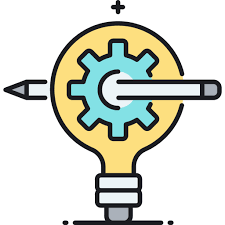The questions on this European integration quiz for me are quite easy. I was given a list of questions. These questions cover what different European economic policies would do for each country. For instance, what would be the impact of adopting a financial policy similar to that of the European Central Bank? What about rules for currency trading, central banks, trade unions? And what about agricultural policies, environmental policies?
Then, I was asked to examine what these economic policies would do for each nation. Two categories were given. These were the long-term and short-term effects of the economic policies.
The first category was “policy changes which would have major long term effects on the EU as a whole.” In this section I was able to see which member states would take action and which would not. The results of this test are shown in the table below. A long term impact is shown for all member states of the EU, if a policy is adopted. Short term effects can be seen in the second row of the table. This will show which member states are required to take action and which ones are not.
After the long term and short term effects were examined, it was time to take a closer look at the direction that an economic policy will take. The first column in the second row shows the expected direction of economic policy. This includes the long term and short term effects of an economic policy adopted by each member state. The countries that are in the “other” category are those that have ruled out joining the EU at some point during its history.
The first two columns in the second row of the economics and politics of European Union Quiz explain the policies that have already been adopted. The third column explains the expected political direction of the EU after each policy has been adopted. These can also be found in the first two tables.
There is also an additional column that explains how the economic and political direction of the EU will change in response to the adoption of policies. It shows the expected results after every policy has been adopted. This is one of the most useful features that anyone can take my economics and politics of European integration quiz for me. Having such information at hand will allow me to make informed choices about the investments I make in the financial markets and the possible implications for my social welfare programs.
The European Union is an increasingly important economic and political force in the world today. Its present path-breaking policies and practices are proving popular with its member states, as well as with many non-members. Many people hope that the EU will continue on its progressive road to success. If you would like to take my economics and politics of European integration quiz for me, you will find it here. You will also find other quiz topics and study materials.
